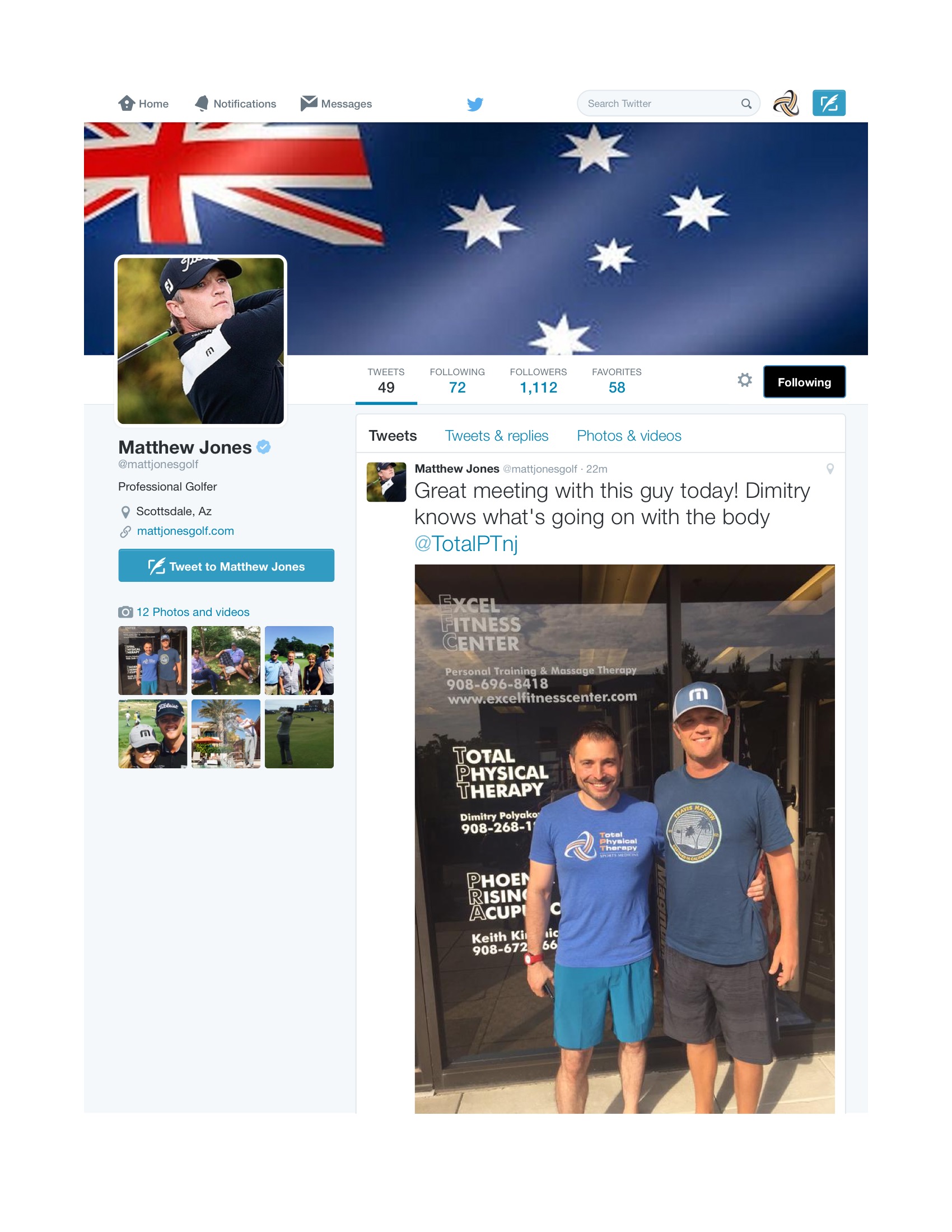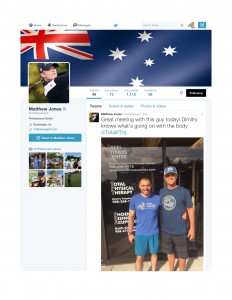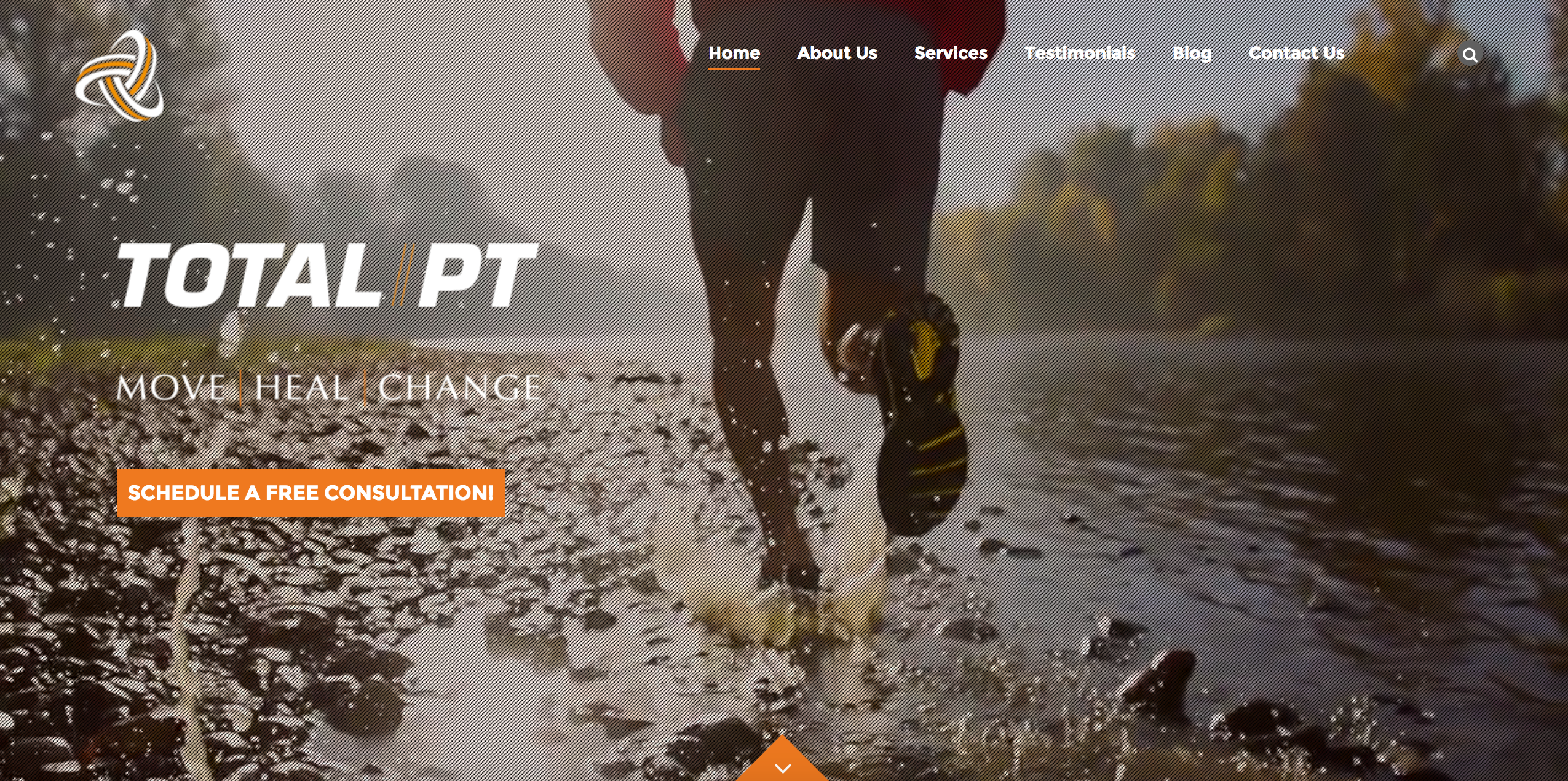
We’ve been working for quite some time behind the scenes in order to bring you much improved website experience. Check out the home page and take it from there. Let us know what you think and don’t forget to share!
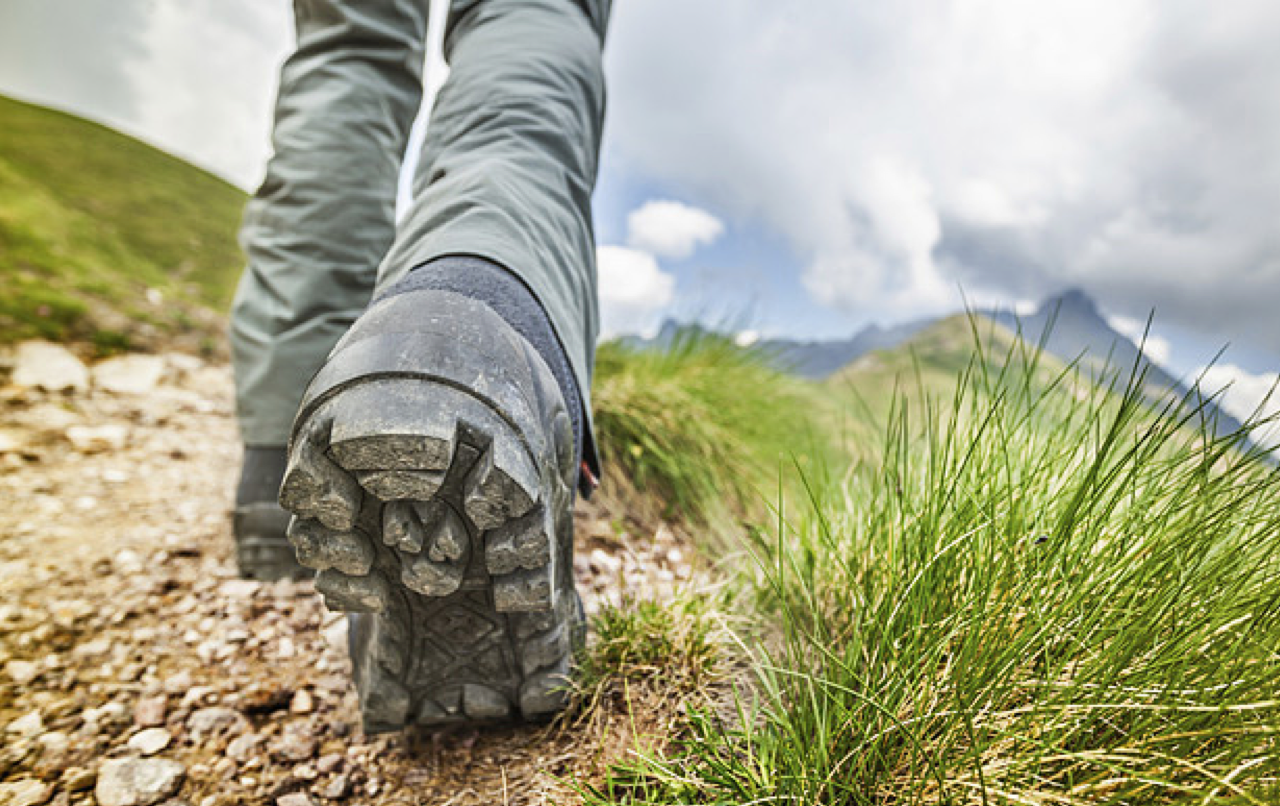
I’ve suffered from right knee instability and knee dislocations for 13 years. I have always assuming that feeling shaky on my legs and missing out on activities was something I was just going to have to “deal with” for the rest of my life.
Feeling frustrated and experiencing a broad range of related aches and pains, I visited Dimitry looking for a magic answer. He worked with me one on one, explaining to me the anatomical root of my problems and showing me a few foolproof exercises I could do to keep my instability in line. To my own dismay however, I did not listen! I stopped doing my exercises and any strength training altogether. I believed I “didn’t have the time” and if I did, preferred to do cardio because it “felt better.” Big mistake.
4 years later, I dislocated my left knee (which I thought had no problems) severely, tearing my MPFL (medial patellofemoral ligament) completely. This resulted in an MPFL reconstruction surgery, a triple whammy of procedures that pulled me out of my senior year of college early and left me unable to walk for about 5 months. The recovery time for this surgery is projected at a year to 16months.
Enter Dimitry for the 2nd time. This time, you better believe I listened to what he told me! Dimitry worked with me from the early days of post-op until 7 months out of the surgery. In the early days, he helped me avoid discouragement and celebrate the “small wins,” even if it meant bending my legs a few degrees more. From there Dimitry gave me the highest caliber of individualized attention and education. Instead of telling me just to do exercises, he walked me through why those specific exercises were crucial given my unique makeup. Most importantly, Dimitry taught me how to do few vitally important exercises very, very well. He helped me create a program that was realistic yet impactful. 2-3 times a week for 45 minutes to an hour. No exceptions.
As Dimitry told me many times, it’s not rocket science. Do his program in proper form, with consistency, and you will become stronger and move better. The difference is Dimitry’s personalized, truly concierge approach in assessing his clients and enabling them to take ownership of their recovery.
8 months after my surgery, I feel stronger and more empowered than ever. I just moved to San Francisco and am climbing hills like it’s no problem. But I make doing my exercises (or in my family as we call “doing our Dimitry”) a priority every week.
Thank you, Dimitry

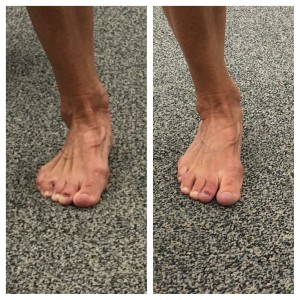 Clients come in all the time with complaints of ‘flat feet’ or ankle sprains. Doctors all recommend that we ‘strengthen’ the ankle and work on ‘balance exercises.’ New Flash: most ankles are plenty strong! They’re just not that smart. What they don’t have is proprioception, or position sense. They don’t know what to do when the heel hits the ground or when push-off occurs. Through proper cuing, releasing of the right tissues & guiding what proper weight-bearing is supposed to feel like, client are better able to load their foot & with much less effort. That’s EFFICIENCY! That’s BETTER!
Clients come in all the time with complaints of ‘flat feet’ or ankle sprains. Doctors all recommend that we ‘strengthen’ the ankle and work on ‘balance exercises.’ New Flash: most ankles are plenty strong! They’re just not that smart. What they don’t have is proprioception, or position sense. They don’t know what to do when the heel hits the ground or when push-off occurs. Through proper cuing, releasing of the right tissues & guiding what proper weight-bearing is supposed to feel like, client are better able to load their foot & with much less effort. That’s EFFICIENCY! That’s BETTER!
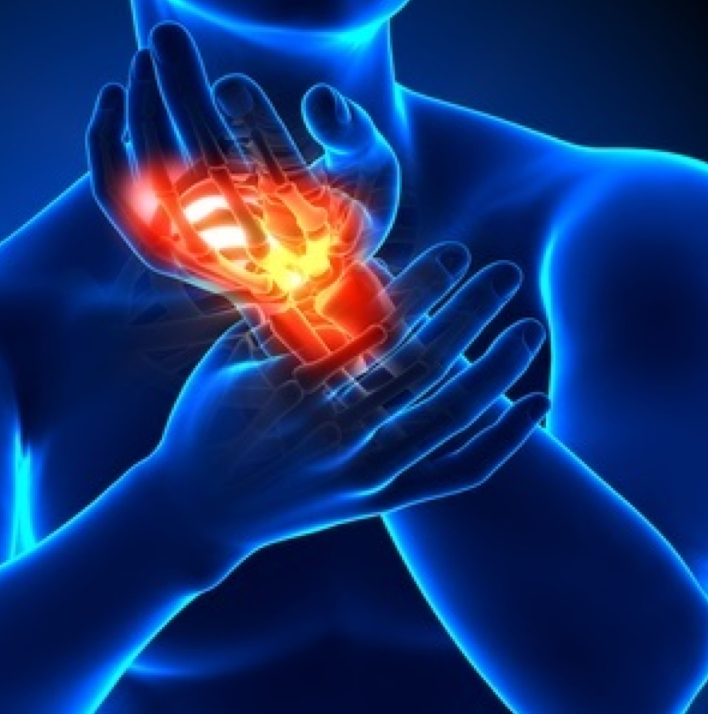
PT with Dimitry was life changing! He treats the source of the problem; not the symptom like many other PTs. After 10 years of chronic pain in my hands Dimitry correctly diagnosed what a renowned hand surgeon and 2 other PTs missed. — The problem was with my neck and shoulders, not with my hands.
Before seeing Dimitry I was taking regular pain medications, treating with massages and wearing hand braces at work. Now, a mere few months after treatment I have increased mobility in my hands, I don’t need to wear the braces and I only have sporadic mild discomfort in my hands. I’m confident that where I had once resigned to live with the pain in my hands that I will soon be pain free!

🙌🙌🙌🙌 word. Coaches be careful with your knees out cues. I’ve been treating lots more injuries from this and have been teaching my clients better alternatives for a few years now. (Via Lauren Beasley Shanaphy)
https://drjohnrusin.com/the-truth-about-squat-depth-injury-rates-the-knees-out-cue/
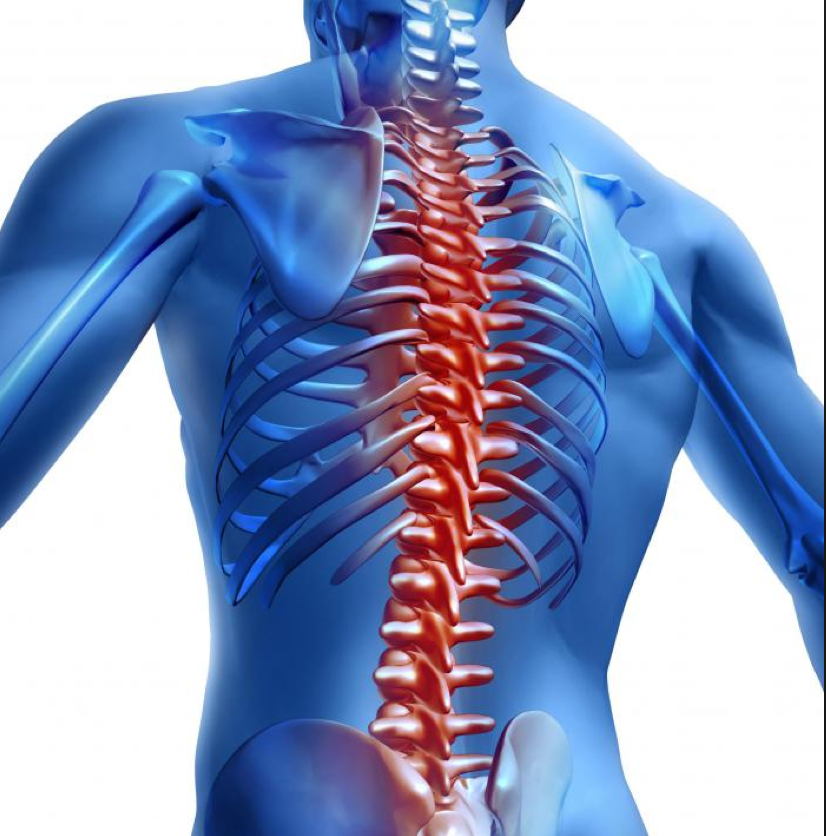
I have been struggling with upper back and upper chest pain, accompanied with dizziness, for over 30 years. I have seen many doctors over the years and have tried many different ways to solve the problem, and at the very least, get some relief. Unfortunately I have never been given a clear diagnosis and no treatment plan to this point has been effective. I started seeing Dimitry 2 months ago and for the first time I am seeing some real changes in the way I am feeling and the way my body is moving. For each of my sessions Dimitry looks at how my body is functioning, and in my case, how it is not functioning properly. I feel that for the entire session I am working with someone who is an expert on how the body should be working and more importantly, knows how to correct problems when he sees them.
If anyone suffers from chronic pain, they know how hopeless you can feel at times as no matter what you do nothing seems to work. You start to ask the question “I am always in pain, what is going to make tomorrow any different?”. Well, I have been very fortunate to meet Dimitry as he has completely restored my hope as I am clearly feeling much better and also understanding why. As he works with me he shows me how my body is no longer functioning as optimally as it should and by making very small adjustments, the body can move properly and repair. This has been a very tough journey for me but at this point I know I am finally on the path to heal. I am very willing to do the work needed to get better, I just needed to find someone to set up the proper plan for me and I did.
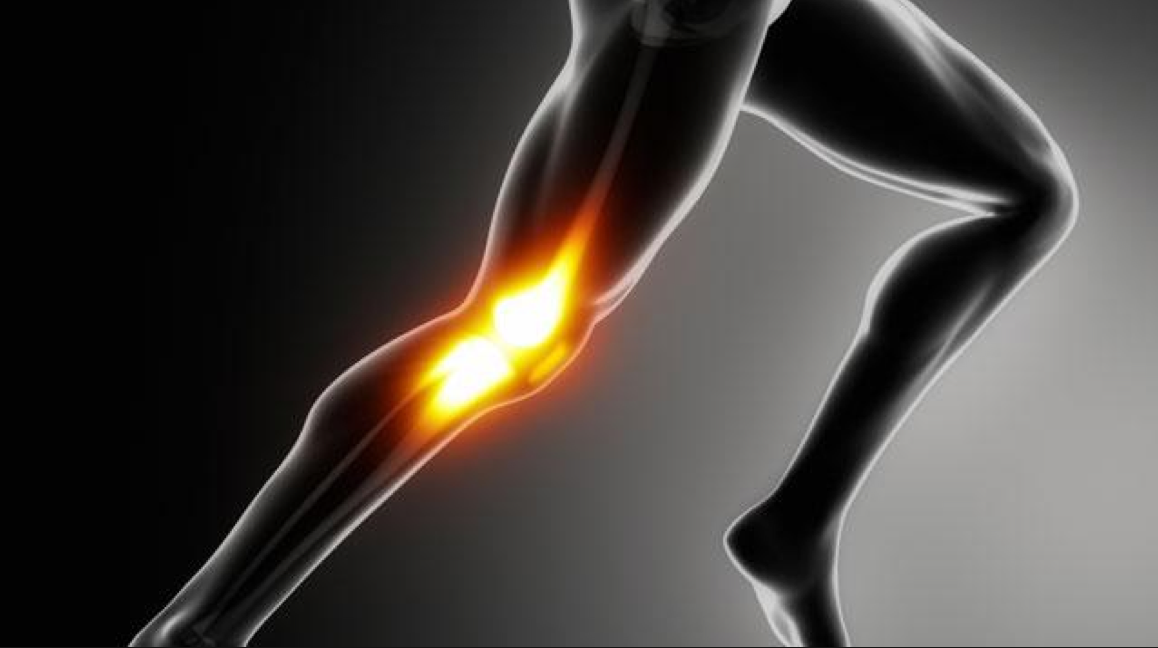
How do I thank a man who in four months transformed me from being barely mobile to moving freely and without pain?
I’ll start by extolling Dimitry Polyakov’s mind-blowing understanding of the musculoskeletal system and the rare, individual attention he gives his patients.
Dimitry is a miracle worker for those who are struggling to return to action after an injury or surgery. I know because I was recovering from both in June 2015, when I first came to Total Physical Therapy. That was about 10 weeks after knee-replacement surgery and four weeks after a subsequent patella-tendon tear — an injury I suffered during a rehab session at a physical-therapy chain whose factory approach is the polar opposite of Dimitry’s one-on-one care.
The results speak for themselves. Less than three months after I started working with Dimitry, I set off on an 11-day trip to Northern Europe, where I was able to walk 6-8 miles a day. I’m now back to cycling and daily rigorous workouts, and I’m about to return to the golf course. Most importantly, I’ve learned from Dimitry how to move safely and soundly in order to avoid future injury.
Throughout my rehab process, Dimitry is keenly aware that major injuries and surgery can lead to other pain and imbalances as the body compensates, and he uses his leading-edge muscle-assessment technique to quickly address minor setbacks.
Dimitry recognized at the outset that I had serious doubts about the future of my mobility, and he refused to let me cling to negative thoughts. Instead, he assured me repeatedly that I’d achieve my goals — and I’m forever grateful that he delivered on his promise.
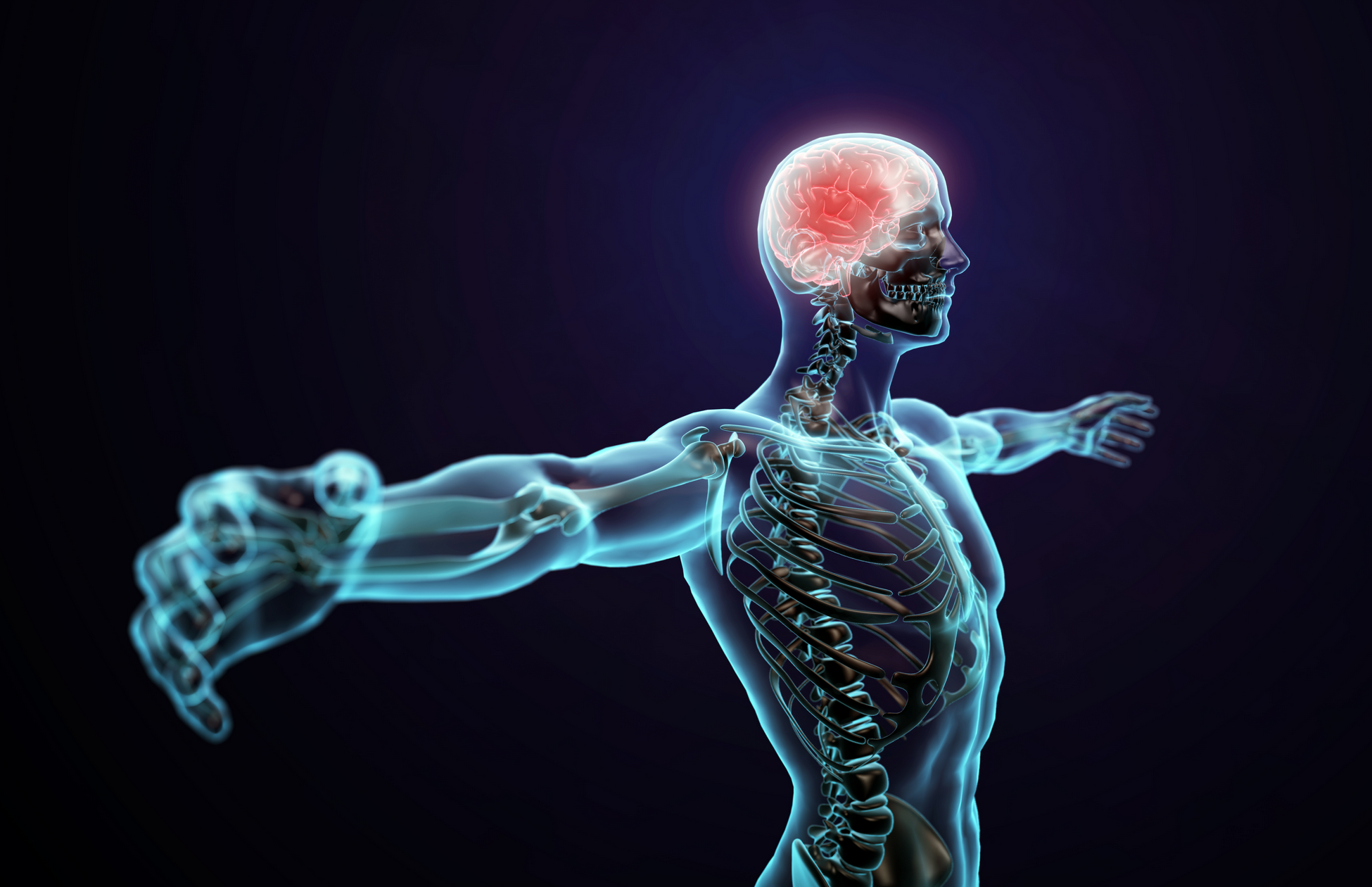
Total-PT and Dimitry Polyakov has been the most comprehensive, knowledgeable and practical problem solver I have ever been to. I have multiple low back/pelvic problems and other issues that have been treated by: The Hospital for Special Surgery and other facilities in New York for interventions ranging from 10 steroidal injections, 50 Acupuncture sessions, YEARS of standard physical therapy, Rolfing sessions for years and oxycodone for pain management. NONE of these therapies were working, as they did not get to the actual source of what was wrong, but treated the symptoms and the pain.
Dimitry takes the time to evaluate your total problem and looks for the issue that is causing the pain or dysfunction. In my case, I have a complicated medical history, as well as multiple issues relating to dysfunctional movement patterns, old scar tissue, etc. that other therapists had not properly diagnosed. Prior surgeries had caused scar tissue and other internal conditions that made a diagnosis difficult for most practitioners. As case in point: in addition to low back pain, I have been plagued with planter fascitis. During the first session, Dimitry resolved a big toe issue that was preventing proper movement, allowing the toe to behave properly and thus, along with other fascia issues resolve the planter fascitis. I am now FREE of this condition after having this for 5 years. The best thing is that I did NOT go to Dimitry complaining of this condition, as I had accepted it as something that other podiatrists have simply made orthotics for in lieu of finding out WHY I have this condition. This was caught by Dimitry from his overall evaluation of hip and low back pain.
My pelvic pain was the most complicated and is extremely difficult for most people to get properly diagnosed and properly treated. After several sessions, I am now finding pain relief by following the protocol of exercises and releases twice a day. For the first time in 5 years, I see light at the end of this alopathic horror. I do the exercises and release routines twice a day and see results every day. In fact, I drive 60 miles to see Dimitry simply based on the results I am achieving. I strongly recommend Dimitry and Total-PT if you are serious about pain relief and need someone that has an amazing knowledge of anatomy & neurology.
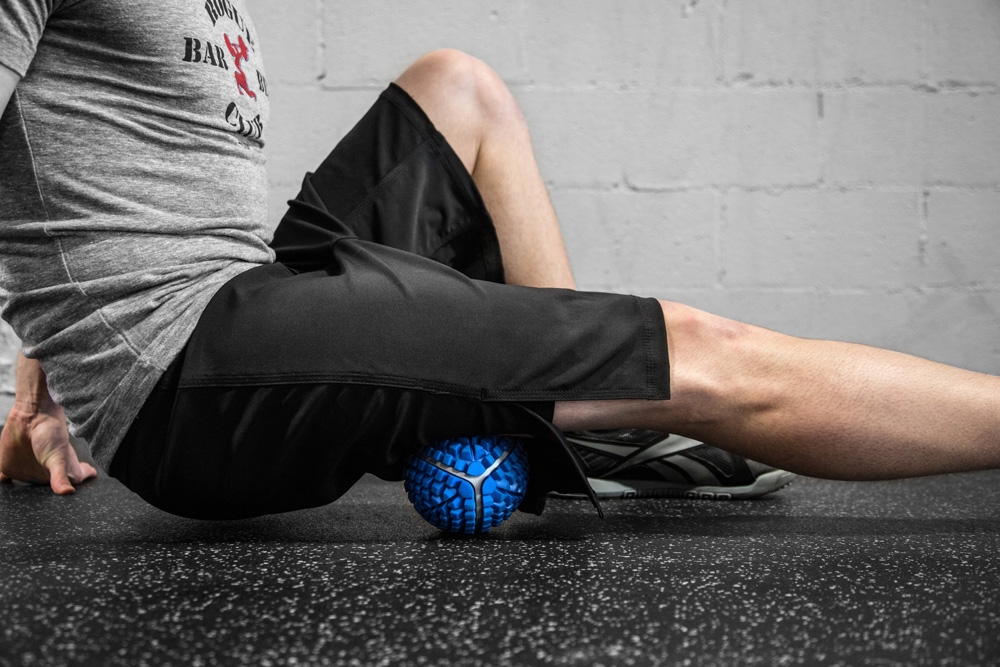

Lauren Beasley – contributing writer for Breaking Muscle!
The fitness industry is no stranger to fads. In fact, aside from the impossible-to-keep-up-with world of fashion or the ever-obsolete-rendering technology domain, fitness might just beat out all other businesses in the game of here today, gone tomorrow. Once in a while, however, some fads rise above the others, surpass trend status, and make it big. They stick. Mobility is one such fad.
[youtube]http://www.youtube.com/watch?feature=player_embedded&v=3tx-yR9dlrw[/youtube]
The Roots of the Mobility Fad
Not too long ago – somewhere around the Jane Fonda and Get in Shape Girl era – the tip of the mobility iceberg began to surface. Everyone suddenly needed to dress in spandex (regardless of gender), pop in an awesome mix tape, and stretch. Flexibility or lack thereof became a huge focus of fitness. Even diehard stretching devotees knew they should be stretching more.
Fast forward a few decades, and other fads have come and gone, but the mobility iceberg has surfaced further. With the help of the Internet, word spread quickly as people figured out that flexibility is only one component of mobility and that there was more work to do. An exponentially growing number of people now understand that fascia, connective tissue, and ligaments all play a part in restricting movement, or at least that stretching doesn’t cover all the bases.
In light of this, almost any gym you walk into – Globo, boutique, CrossFit, or otherwise – has a section separate from the main gym space reserved for mobility work. Foam rollers, bands, straps, yoga mats, and lacrosse balls are ready to help mash, smash, roll, and pull tight body parts into unrestricted bliss. And, since more is always better, lots of dedicated athletes and gym-goers have the same arsenal of mobility tools available at home. Had I known mobility was about to reach its tipping point, I would have bought stock in high-density foam and lacrosse ball manufacturing companies.
Mobility may have started as a fad, but it gained serious momentum in the trend phase, and now – fueled by viral videos and using CrossFit’s popularity as a vehicle – we are in the middle of a full-on mobility craze. We’re talking a Beatlemania, Beiber Fever, kind of craze. Have we gone too far? What does the rest of the mobility iceberg look like, below the surface?

Two Sides of the Coin: Mobility and Stability
To start, let’s first give mobility credit where credit is due. Mobility is (almost) everything. If you lack range of motion, no amount of muscle strength will power you through that restricted movement, at least not without serious repercussions – for example, pain. Restricted movements will force the body to compensate, creating further dysfunction. Additionally, if a muscle cannot achieve its optimal length, it cannot generate sufficient force.
In short, good mobility is a basic requirement of quality, safe, and efficient human performance. I am a fan. I’m psyched that the masses are aware that restricted mobility causes trouble and they are ready to take charge and do something about it.
As amazing (and necessary) as mobility is, if it’s “almost” everything, then the other side of the coin is – you guessed it – stability. Stability can exist without mobility, but you wouldn’t get too far. If everything locked down to stabilize, you would have a lot in common with a tree stump. On the other hand, if you had amazing mobility without stability, movement would be next to impossible and sloppy at best.
Thankfully, most of us fall somewhere just off to one side of the correct proportions of each. In other words, we are likely either walking around with a bit too much mobility without sufficient stability, or a bit too much stability without enough mobility.
The Problem of Excess Stability
The first scenario – excessive mobility while lacking stability – is an easy fix. Strength training. Stability work. Get control of all that movement. It would make sense then that in the case of the latter – mobility deficits with excessive stability – the same approach would help. Increase mobility. Stretch, roll, and release. Achieve unrestricted range of motion.
This approach focuses on deficits and increasing what is missing. For my gangly, mobile, Bambi-on-ice patients I want to focus on increasing stability. However, by only trying to increase what is missing, we fail to look at the whole picture. While my goal is not typically to decrease available movement, sometimes, somewhere along the process of increasing stability we might get a reduction in (hyper)mobility. Not necessarily a bad thing.
On the flipside, those with insufficient mobility need to consider the role stability plays in their dysfunction. It is quite easy to come to the conclusion that you have a limited range of motion, but how in the world would you assess that you have an excess of stability? Simple. They are one and the same. Yep, Finkle is Einhorn.

That tight muscle you assault on a regular basis is likely an overworked scapegoat, providing stability to keep you going. In the presence of instability, muscles and joints lock up to hold you together. You’ve always known you’ve had tight hamstrings, but you blame it on not stretching enough, too many posterior chain workouts, or perhaps genetics is your excuse. Haven’t you ever wondered the real reason your muscles were tight?
Did you ever consider that maybe those muscles can’t let go because they are holding on for a reason? When muscles start doing more work than they were designed to do, we have a problem. Tendinitis, muscle strains, decreased mobility. If you can teach a muscle to relax, not by pounding it into submission, but rather by turning on the correct muscles to create stability, the tight, limiting offender might just be able to let go.
The Best Application for Mobility Work
So here we are, in the middle of this mobility craze, borderline epidemic. As I approach the end of my first decade working as a physical therapist, I can say with absolute certainty that the number of people suffering from self-proclaimed mobility problems is an all-time high. Just a few years ago, I’m pretty sure I never heard the word mobility used by anyone outside of the health and fitness fields. At this point, it’s a tossup between selfie and mobility for most overused words.
Worse yet, mobility is not just an overused part of our lexicon but it is now becoming the sole approach to address movement dysfunction. Over-prescribing mobility drills for poor movement patterns is not all that different than a physician doling out antibiotics for every ailment. Just like medication, when the right drills are applied for the right condition, mobility work will be successful.
“Normal” mobility, without question, is a requirement to perform safe, efficient, and quality movement. Mobility drills such as stretching, foam rolling, and the like are all good ways to increase soft tissue pliability and increase range of motion. But for those of you consistently chipping away at these drills without yielding the desired change, perhaps it is time to step back and see what else may be going on. It’s time to ask where immobility stems from. If mobility work hasn’t helped yet, I’m not sure more suffering will get you the results you are looking for.
So, is mobility just a fad? No. It’s a real thing. But it’s not the only thing.

